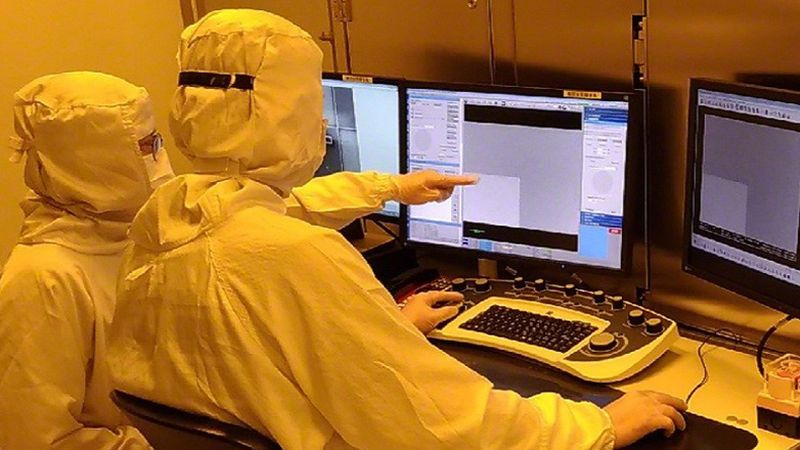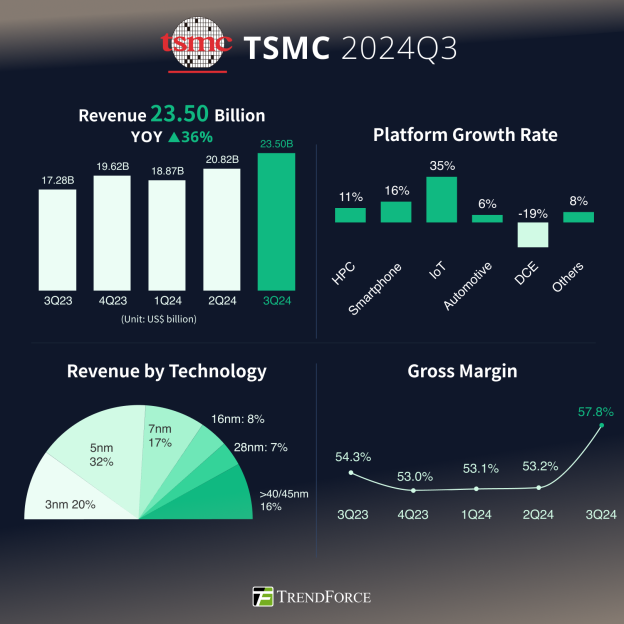Last week, TSMC pleased investors with improved revenue forecasts for this quarter and record profits for the previous one, but the company’s management shared a few more ideas that allow them to expect continued strong demand for TSMC’s services. According to him, the demand for 2nm technology will exceed the level of 3nm technology, and the A16 process technology (1.6 nm or 16 angstroms) will be in demand for the production of AI accelerators.

Image Source: TSMC
Let us remind you that TSMC is going to begin mass production of chips using 2nm technology next year. If we consider that it mastered the 3nm technical process in a similar context in 2022, it can be noted that the gap between these two stages is now measured at least three years. According to TSMC CEO C.C. Wei, many of the company’s customers are interested in switching to the 2nm process, and even now it is already noticeable that the demand for 2nm technology will be higher than for 3nm. The company will have to prepare more production capacity for the production of 2nm products than was done in the case of 3nm.
«A16, again, is very, very attractive for server chips in the AI segment,” admitted the head of TSMC. This technical process, we recall, will be the next step after 2nm technology, and the company is already working to provide customers with sufficient opportunities to produce products using it. Production of chips using A16 technology should begin in the second half of 2026, and TSMC management has repeatedly noted in the last half of the year that it does not intend to use equipment with a high numerical aperture value (High-NA EUV) within the framework of these lithographic standards. This is dictated, first of all, by economic considerations, since the corresponding equipment remains too expensive. At the same time, enterprises that have mastered the A16 technological process should in the future be able to accept High-NA class equipment as part of modernization.

Image source: TrendForce
The transition to the use of chiplets by the main developers of high-performance components, according to the head of TSMC, really reduces the need of customers for large monolithic chips, but this in itself does not reduce the demand for services for the production of chips using 2nm technology. As noted above, it already exceeds the performance of the 3nm process technology at a comparable stage in the life cycle. At the same time, 3nm products formed 20% of TSMC’s revenue in the third quarter. Combined with these technology norms, 5nm and 7nm processes accounted for 69% of the company’s revenue last quarter. Concentrating on high-margin technical processes allowed TSMC to achieve record profits in the quarter and increase its profit margin to 57.8%.